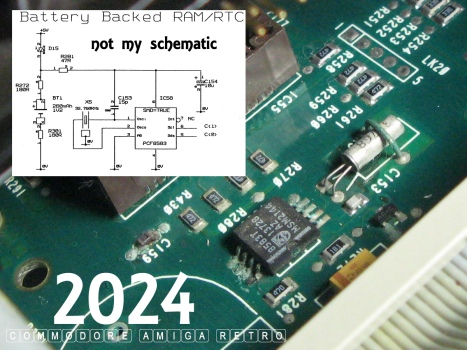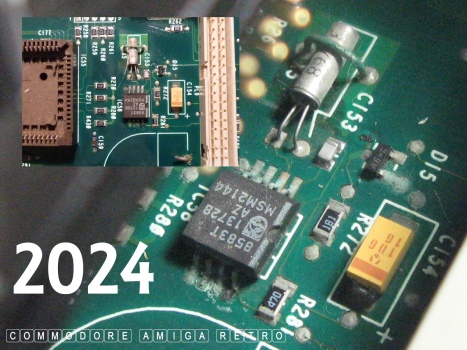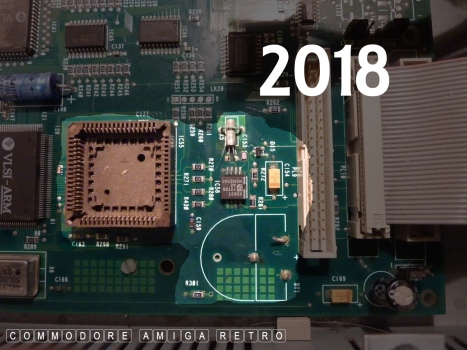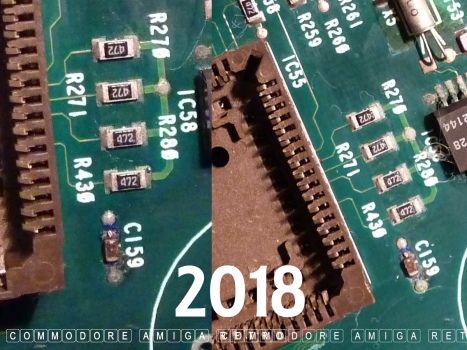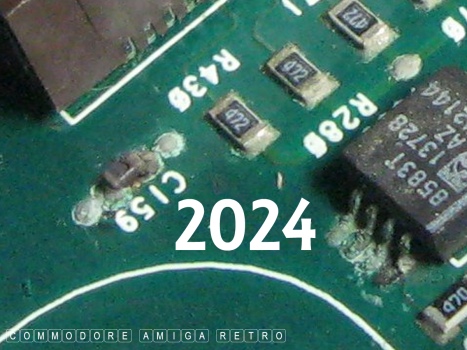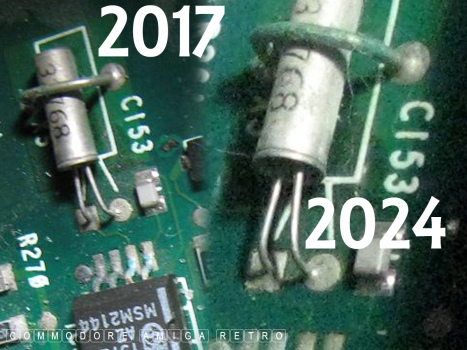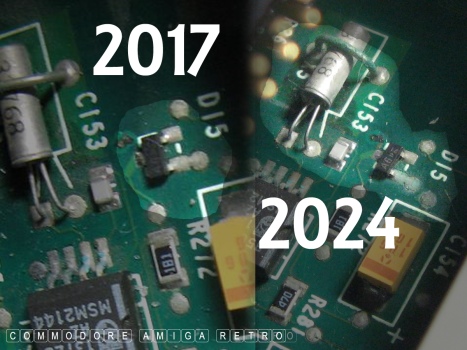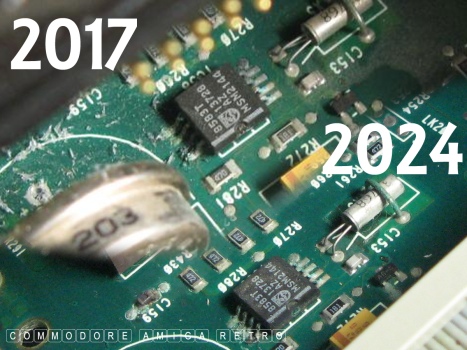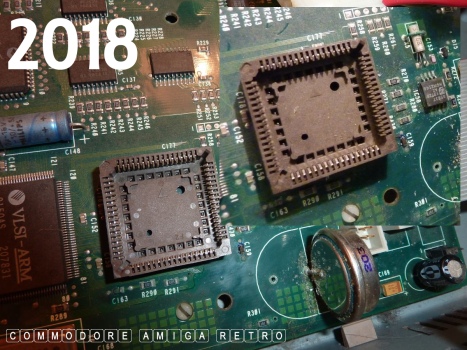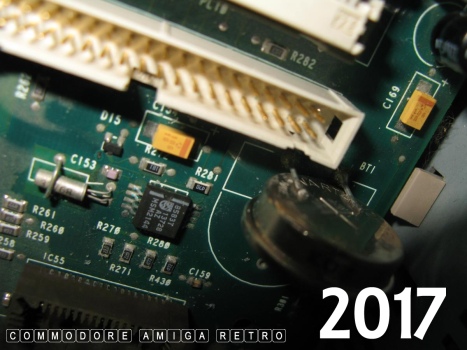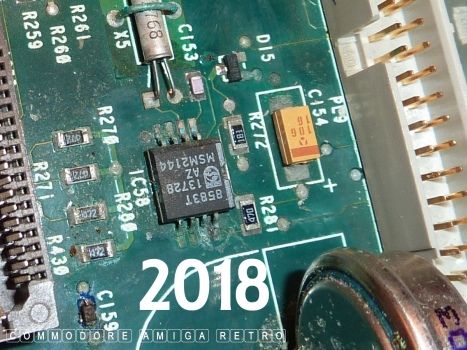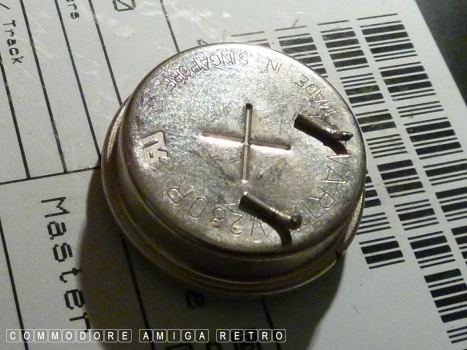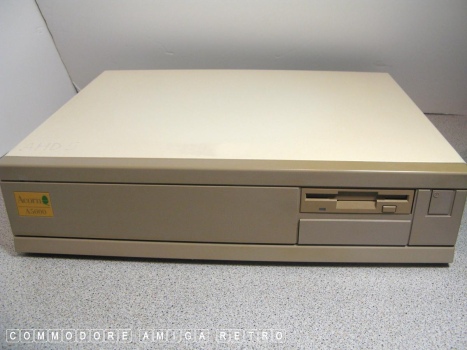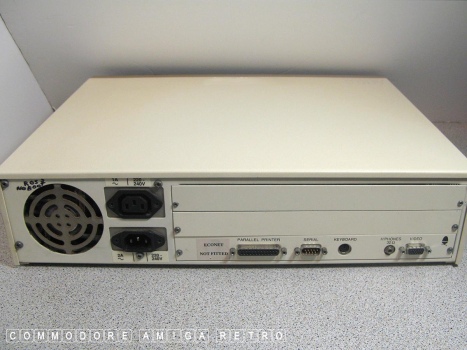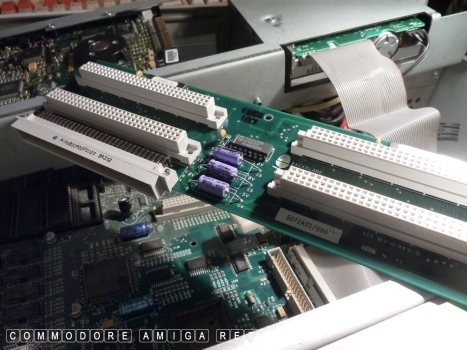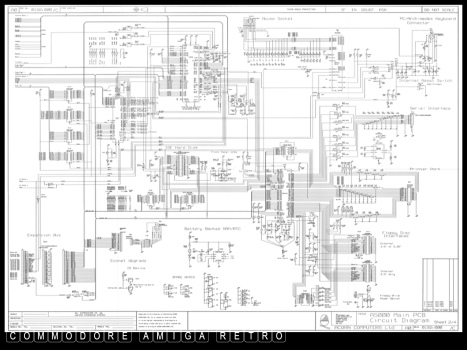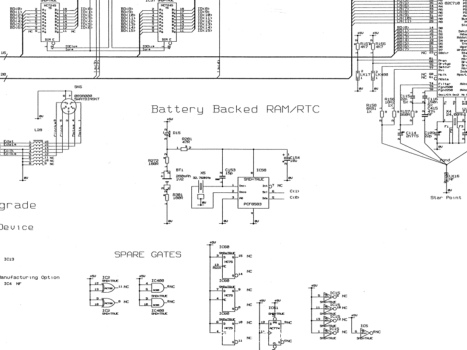
ScuzzBlog: Diaries January 2024
Entry 10th January 2024: Post 1: Acorn 5000 - CMOS RTC FPU damage.
Acorn 5000 - CMOS RTC FPU damage.
I often wish I was one of those people that could leave well alone.
Yesterday I tested the Acorn 5000 and had a quick look at the area
of the motherboard where I had removed the battery. You always
hope you have done a good job, but what I have found is that unless
I actually fully remove the affected chip or component the corrosion
still persists. It is a real struggle for me killing the corrosion.
As ever I spent way too much time studying my various images and
then just lay there last night thinking of what might fail in the
future given the poor state of some of the components.
Today I have spent far too much time studying circuit diagrams
and close up images of the motherboard.
Just a couple of comments first. The solder spots to areas where
the battery was most aggressive appear to dust and grey long
after the cleaning up process is complete. I have noticed this
on many of the motherboards I have treated. I have tried a number
of cleaning up processes but fail to stop it happening. Also the
wire connectors and also any wire straps also continue to corrode
even after a thorough clean. I sense the protective outer coating
must have been eroded exposing to degrading. Again I don't know.
OK what I discovered. The chip that has the pads and feet most
dmaged is the 8583 or CMOS chip. The associated components are
all part of the RTC circuit. I was able to download a circuit
diagram and have successfully located on the drawing all the
components that have been affected by the battery damage. For the
most part they are all part of the CMOS RTC. The last being R301
which is at the base side of the battery.
I am satisfied that this machine will only boot by pressing the
DELETE key. I do not think any of the other circuits have been
affected other than the FPU.
Next to the RTC is an empty socket and component C159 has all but
collapsed. C159 appears to go to ground and then to the circuit
that connects to the FPU. The socket is empty and therefore I take
the view that the component is currently redundant.
When the battery collapses on these machines they appear to rain
down onto the motherboard with white flakes. I sense it is these
that exude a sticky goo that settles everywhere. I have tried to
remove all traces of this but fail somehow to catch it all. There
are odd corners and holes that trap the substance and it is here
that I get further corrosion. I'm pretty hopeless I think.
I have checked and double checked the state of damage and related
this to inactive components that are not necessary in respect of
the machine working after boot. Ideally the damaged components
should be removed and tracks repaired. However this is beyond my
abilities and so I take the view that I have done all I can and
will simply keep an eye on matters just as I do with the A500 Plus.
The Acorn A5000 is the entry level machine with 2MB RAM and a 40MB
hard drive. To get the drive active after booting I simply click
the configure icon and then activate the IDE drive from the small
drop down. The machine ref is a ALB 12.
The machine did not boot the first, second or third time. I sensed
a keyboard issue and I also sense a sticking key somewhere. Once
the machine has successfully booted it will continue to do so by
either hard or soft reset.
I have to leave this as is to be honest and fingers crossed there
is no creep of corrosion to more significant components, especially
the ARM sitting next to the FPU.
Worst thing that ever happened to old computers were these batteries.
Acorn 5000 - CMOS RTC FPU damage.
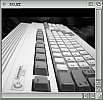
If you can only see this CONTENT window
then click the image above for the full site
Last updated 10th January 2024
Chandraise Kingdom
![]()
Keep the Faith
scuzzscink 2024

